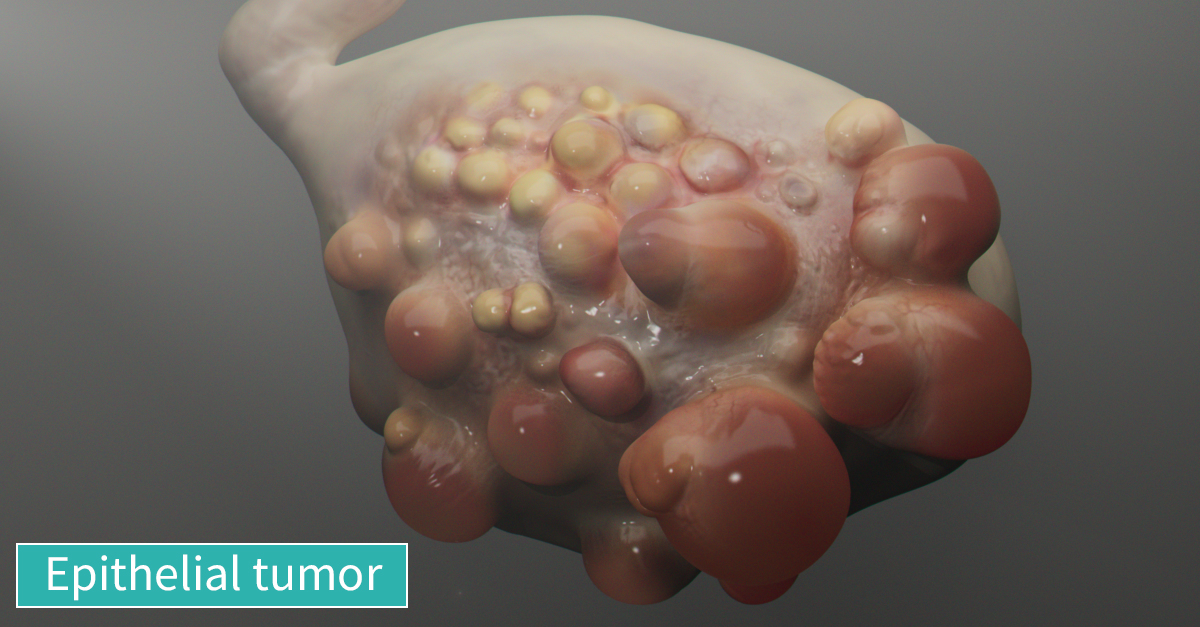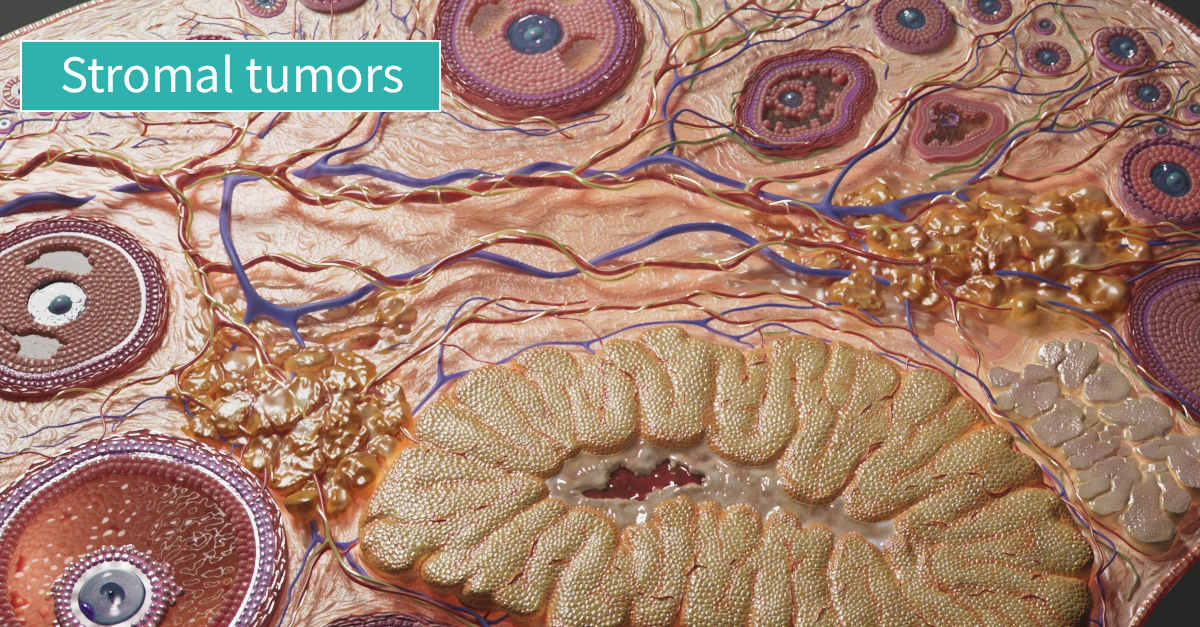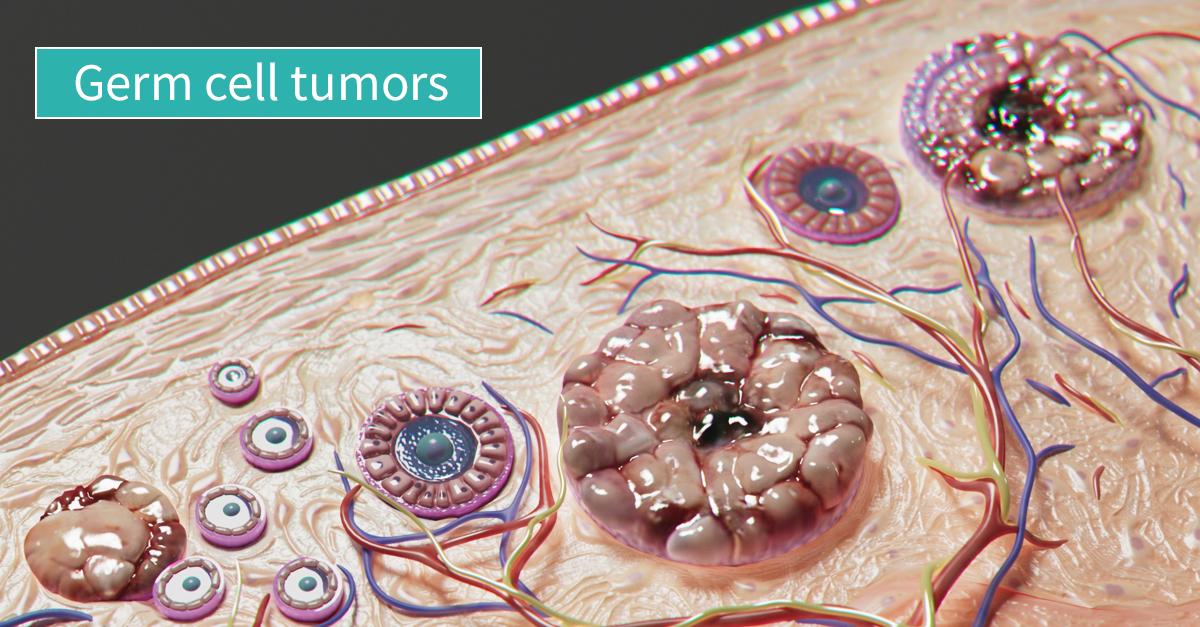The risk of a woman getting ovarian cancer during her lifetime is about 1 in 78. Ovarian cancer is when normal cells in the ovary change and start to rapidly grow to form a tumour. Because the ovaries sit near other pelvic organs such as the bladder and bowel, the cancer can affect these organs and create symptoms. These symptoms may include abdominal bloating or swelling, quickly feeling full when eating, weight loss, discomfort in the pelvis, fatigue, back pain, constipation, or frequent need to urinate.
There are three types of ovarian cancer. The different types are based on where the cancer begins within the ovary:

The first is epithelial ovarian cancer. This is the most common type and includes different subtypes such as serous carcinoma and mucinous carcinoma. The cancer will be found in the surface layer of the ovary.

The second type is stromal tumors. These cancer tumors are rare (1 in every 100 cases of ovarian cancer) and are usually diagnosed at an earlier stage than other ovarian cancers. The tumors will affect the tissues that support and keep the ovaries in place.

The third type of ovarian cancer is germ cell tumors. These are also rare tumors (2 in every 100 cases of ovarian cancer) that tend to occur at a younger age. The tumors start in the cells that produce eggs inside the ovary.
There is no sure way of preventing ovarian cancer, but there are some steps you can take to reduce the risk. For example, taking birth control pills (oral contraceptives) can reduce the risk of ovarian cancer. However, these medications do have risks, so it is important to make sure the benefits outweigh those risks based on an individual’s situation. Additionally, knowing your family health history can help a doctor determine what this may mean for your own risks of cancer. This can lead to genetic testing that may help narrow down your risks further. If you are found to have a gene change that increases your risk of ovarian cancer, surgery may be considered to remove the ovaries to prevent cancer.